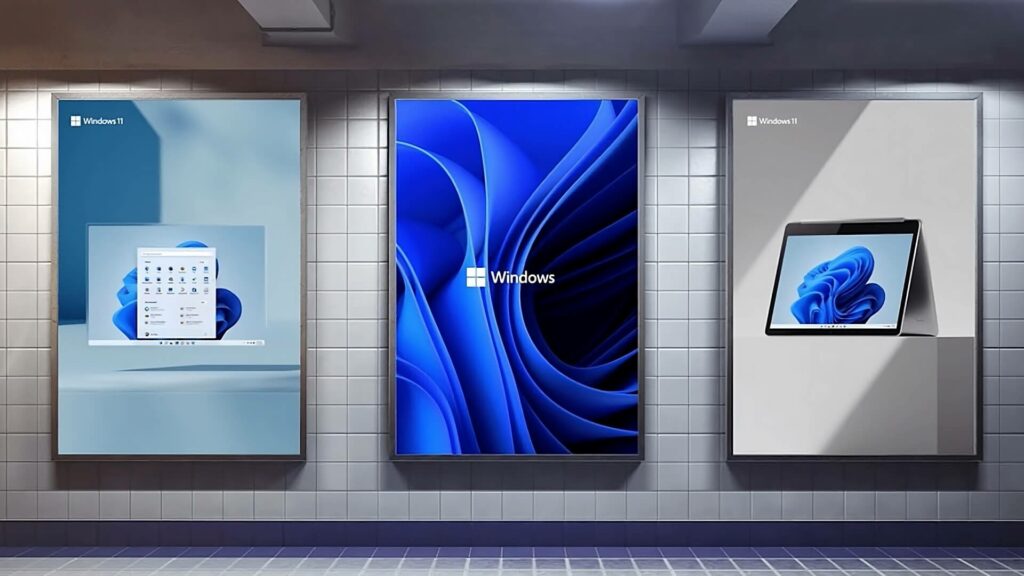Introduction
Ever heard of a KB number and wondered what it means for your computer? Well, if you’re a Windows 11 user, KB5028185 might have popped up on your screen recently. This article dives into everything you need to know about this specific update, keeping things clear and straightforward.
What is KB5028185?
KB5028185 refers to a specific cumulative update released by Microsoft in July 2023 for Windows 11 version 22H2.
Here’s a breakdown of the key terms:
- Cumulative update: A comprehensive update that includes all previous updates for your Windows version. This means installing KB5028185 gets you the fixes and features from all earlier updates in one go.
- Windows 11 version 22H2:A specific version of Windows 11 released in the second half of 2022 (H2 stands for “second half”).
Essentially, KB5028185 is a significant update for Windows 11 (version 22H2) that tackles security vulnerabilities, introduces new features, and improves overall system stability.
What’s Included in KB5028185?
KB5028185 packs a punch with various improvements:
- Security Fixes: This update addresses over 78 known security vulnerabilities in Windows 11 and other Microsoft products. These vulnerabilities could potentially allow attackers to gain unauthorized access to your system or steal your data. Installing KB5028185 is crucial to keep your computer safe.
- Moment 3 Features: This update unlocks a set of new features codenamed “Moment 3” that Microsoft had been testing since May 2023. These features include:
- Copying 2FA codes: Easily copy two-factor authentication codes displayed in notification popups from apps.
- File Explorer shortcuts: Access keyboard shortcuts in File Explorer by pressing the “Menu” key on your keyboard.
- Live Kernel Memory Dumps: Debuggers can now generate live kernel memory dumps directly from File Explorer for easier troubleshooting.
- Content Adaptive Brightness Control (CABC): Laptops and 2-in-1 devices can now benefit from CABC technology, which automatically adjusts screen brightness based on content for improved battery life and viewing experience.
How to Install KB5028158?
There are two main ways to install KB5028185 on your Windows 11 machine:
- Windows Update:
- Go to Start > Settings > Windows Update.
- Click on “Check for updates.”
- If the update is available, it will be listed here. Click “Download and install” to proceed.
- Microsoft Update Catalog:
- Search for KB5028185 based on your system type (64-bit or ARM64).
- Download the appropriate update file and run it on your computer to install the update manually.
Before installing the update, it’s recommended to:
- Back up your important files.
- Make sure your computer is plugged into a power source.
Is it Safe to Install?
In most cases, installing KB5028185 is safe and recommended. It addresses critical security vulnerabilities and brings new features to your Windows 11 experience. However, there have been some reported issues with the update:
- Drive Encryption Issue: This issue might affect systems with specific BitLocker drive encryption policies enabled. It’s a reporting issue only and doesn’t impact actual data encryption. Microsoft has addressed this issue in a later update (KB5034204).
It’s always a good idea to check online forums or tech news websites for any reported issues related to the update before installing it.
FAQs
Q: Is it a mandatory update?
While not technically forced, installing KB5028185 is highly recommended for security reasons. It addresses critical vulnerabilities that could leave your system exposed to attacks.
Q: What if I don’t install it?
Leaving your system unpatched exposes it to potential security risks. Hackers can exploit these vulnerabilities to gain unauthorized access to your
Conclusion
KB5028185 is a significant update for Windows 11 (version 22H2) that offers a combination of security fixes, new features, and stability improvements. Some users have reported minor issues, but you must install this update to keep your system safe and benefit from the latest enhancements. Remember to back up your data and ensure a stable power connection before installing. If you’re unsure, checking online resources for known issues related to KB5028185 can provide peace of mind.
